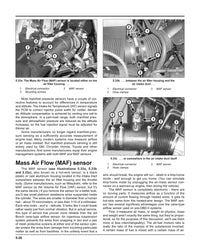Winter tyres have been growing in popularity over the last few years, and in many European countries they are actually a legal requirement for use during the winter months.
One common misconception regarding winter tyres is that they only work in snow and icy conditions. This is not the case. Winter tyres are designed to work in temperatures below 7 degrees Celsius, not just freezing temperatures.
As such, winter tyres are made using a much softer rubber compound (with a higher silica content) that remains flexible during colder temperatures and in wet conditions.
The tread pattern design is also visibly different to that of a ‘summer’ tyre too. It’s designed specifically to clear snow, slush, ice, and water much more efficiently.
The results of this tread pattern and soft compound combination means far more grip is available for both braking and steering, making them car much more predictable, and therefore safer, to driver in colder, wetter condition.
Winter tyres are easily identified by a special ‘snowflake’ or ‘snowy mountain top’ icon stamped into the sidewall.
While currently not a legal requirement in the UK, many experts believe this may come into force in the future – winter tyres are currently a legal requirement for many other European countries.
Winter tyres are fantastic during the colder months, but they are not really suited during the summer. Summer tyres will perform much better when the temperatures are warmer and the roads are dry, so if you’re going to use winter tyres during the colder months you really should have a second set fo summer tyres to use when the weather warms up again.
This adds to the cost of running the car: not only do you have to pay out for two sets of tyres, you also have to store the second set when not in use, plus you have to pay to have them fitted twice a year too.
All Season Tyres
An alternative to having two sets of tyres (summer and winter) would be to have fit a set of ‘all season’ tyres. These types of tyre have higher silica content than normal ‘summer’ tyres, but aren’t quite as soft as winter tyres.
The tread pattern designs usually fall somewhere between that of a summer and winter tyre too.
All season tyres are unlikely to be as good as winter tyres during the colder temperatures, and are unlikely to be as good as summer tyres during the warmer months, but they do offer a good compromise between the two extremes to enable them to be used all year round without having to change your tyres twice a year.



























